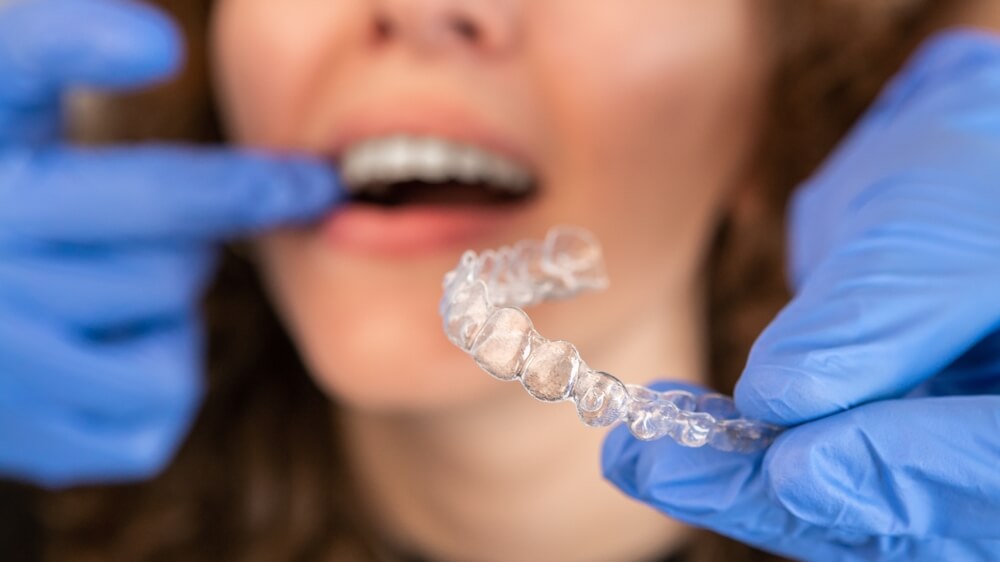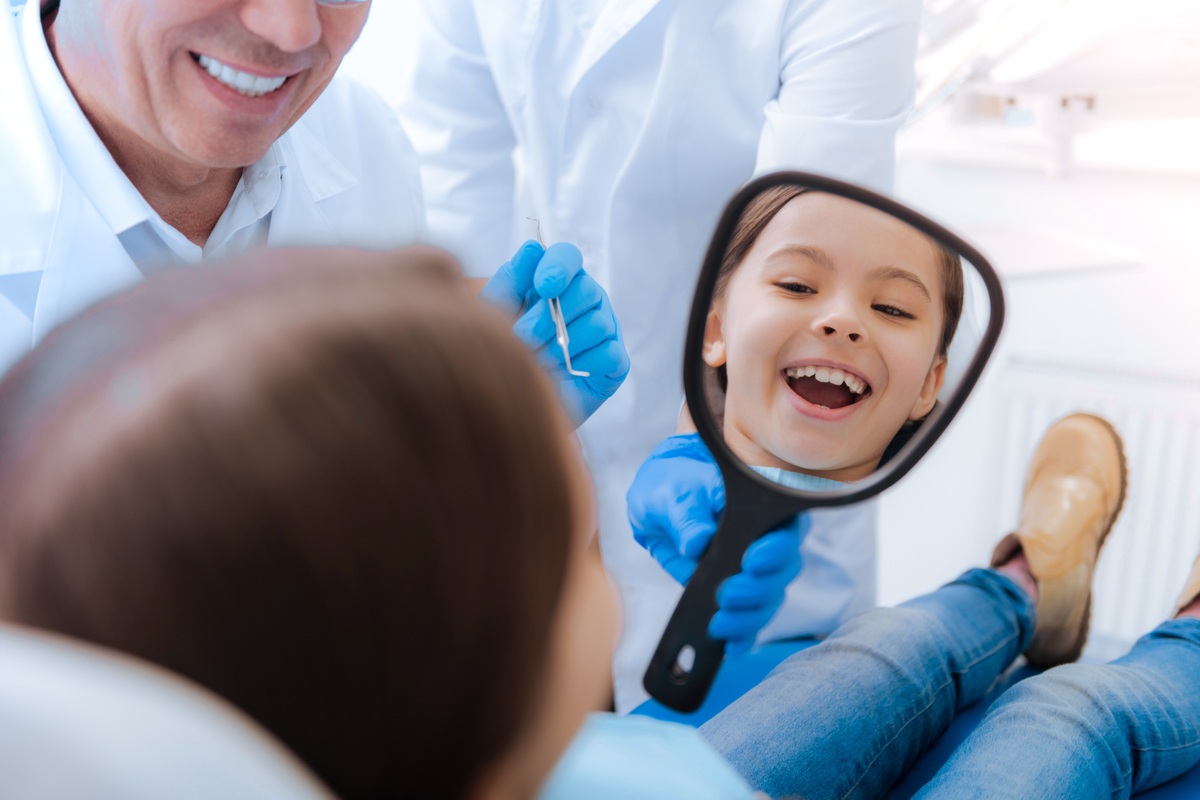In the realm of orthodontics, achieving a harmonious smile involves more than just straightening teeth. One crucial factor often overlooked is overjet, the reverse of an overbite. Imagine a protruding jaw or a deep bite where the bottom teeth remain hidden—these are telltale signs of overjet. But fear not, for there are effective methods to correct this dental anomaly and attain the coveted balance between upper and lower teeth. If you think you might have overjet, we encourage you to continue reading and consider scheduling a dental exam today.
Understanding Overjet

Overjet, commonly known as a horizontal overbite, manifests when the upper front teeth extend significantly beyond the lower teeth. This condition can stem from multiple sources, including misaligned jaws, genetic predispositions, or habitual behaviors like thumb-sucking. While the foremost concern with overjet revolves around its impact on appearance, it’s essential to recognize that severe instances can also pose functional challenges, such as impaired biting and chewing capabilities.
Recognizing the Signs
Identifying overjet is crucial for timely intervention. If you notice a pronounced gap between your upper and lower teeth, or if your lower teeth are barely visible when you bite down, you might have overjet. Additionally, protruding upper teeth can affect speech clarity and increase the risk of dental injuries.
Addressing Overjet with Braces
Correcting overjet typically involves orthodontic treatment, with braces being a popular choice. By applying gentle pressure, braces gradually reposition misaligned teeth, pulling the protruding ones back into alignment. This realignment not only improves aesthetics but also enhances bite functionality. In some cases, clear aligners like Invisalign may be recommended, offering a discreet alternative to traditional braces.
Exploring Alternative Solutions
While braces are the preferred option for correcting overjet, alternative treatments may be considered depending on the severity of the condition. Dental crowns, for instance, can help mask minor overjet by reshaping and covering the affected teeth. However, it’s important to consult with a qualified orthodontist to determine the most suitable course of action for your specific case.
The Role of Orthodontic Evaluation
Before embarking on any treatment, a thorough orthodontic evaluation is essential. This involves examining your dental and facial structure to assess the extent of overjet and any underlying issues. Based on the findings, your orthodontist will develop a personalized treatment plan tailored to address your unique needs and achieve optimal results.
Embracing the Benefits of Treatment
Beyond enhancing aesthetics, correcting overjet offers numerous benefits for oral health and overall well-being. By achieving proper alignment, you can improve bite function, reduce the risk of dental complications, and boost self-confidence. Investing in orthodontic treatment is not just about achieving a beautiful smile—it’s about ensuring long-term dental health and happiness.
Maintaining Results for the Long Haul
Once overjet correction is complete, maintaining the results requires diligent oral care and regular follow-up appointments. Wearing retainers as prescribed by your orthodontist is crucial for preventing relapse and preserving the outcome of treatment. Remember, the key to a lasting smile lies in consistent care and commitment to good oral hygiene habits.
In Summary

Overjet may pose aesthetic and functional challenges, but with the right approach, it can be effectively corrected. Whether through braces, clear aligners, or other dental interventions, achieving a balanced bite is within reach. Don’t let overjet hold you back from smiling with confidence—take the first step towards a brighter, healthier future today. Contact Indian Trail Dental today to schedule a consultation and take the first step toward achieving the smile you’ve always wanted.



